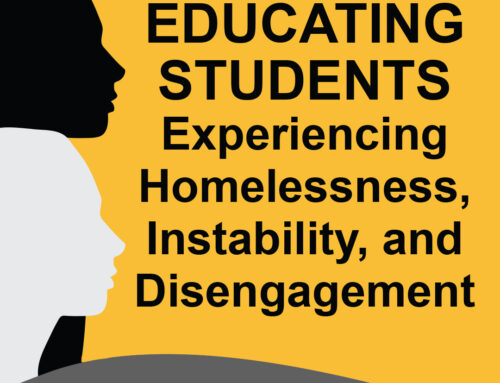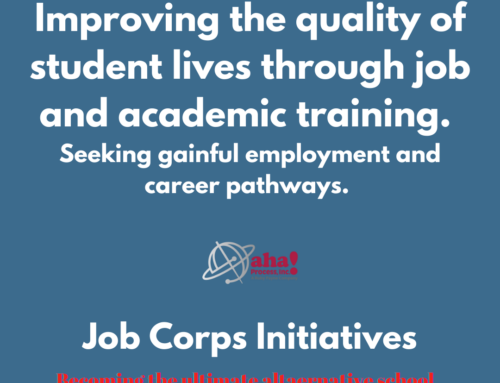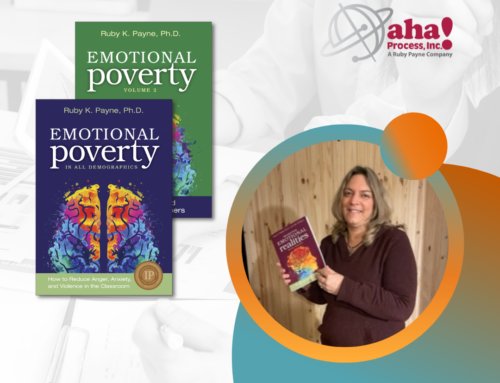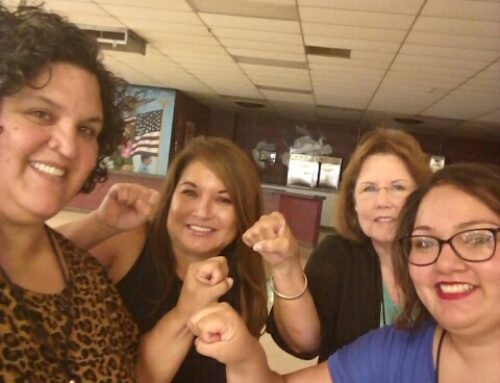“Best practice” is a term casually thrown around in education today that refers to strategies and approaches that are research-based and proven. However, it seems like “best practice” is changing shape and form, whether it be in a new direction or back toward tried and true ways. Some of the best lessons I taught were those that are a mix of strategies, techniques, and activities—lessons that were carefully crafted to meet the needs of each student and to promote interest and motivation.When I was teaching, our staff was signed up for a k-12 professional development strand every year—differentiated instruction, understanding by design, multiple intelligences, brain-based learning, and so on. Every year it was something in a new package, but every year it was some of the same thing. Many of my fellow teachers had a difficult time understanding how to find the common ground, how to make all the pieces work. They thought if they were doing brain-based learning, they couldn’t differentiate lessons. But that’s exactly what I love about teaching and working with kids. You can try any combination of things as long as you remember the bottom line, and that’s what is best for all the students.Working as a consultant with several schools, I have found that teachers face many of the same problems: attendance, (lack of) motivation, standards, assessments, and mandates. How can we as educators come together to help one another and see the bigger picture that is made up of so many small pieces? It comes back to the bottom line—creating a comfortable learning environment characterized by effective instruction—and closely examining each of the small pieces. William Stafford wrote a poem called “The Way It Is” that can be applied here:
There’s a thread you follow. It goes among
things that change. But it doesn’t change.
People wonder about what you are pursuing.
You have to explain about the thread.
But it is hard for others to see.
While you hold it you can’t get lost.
Tragedies happen; people get hurt
or die; and you suffer and get old.
Nothing you do can stop time’s unfolding.
You don’t ever let go of that thread.
As the school year winds down, final exams come in, and grades are due, it’s important to take time to reflect on the thread you follow. Regardless of the initiatives, incentives, laws, and regulations, are students part of that thread? Are students connected to the thread, or are they just trying to hang on?
Jennifer Ratka, Consultant
Jennifer brings a unique perspective to aha! Process, Inc. having taught both high school and college. She has an energetic approach to bringing theory and research to life in the classroom with a perspective on how to engage learners.








